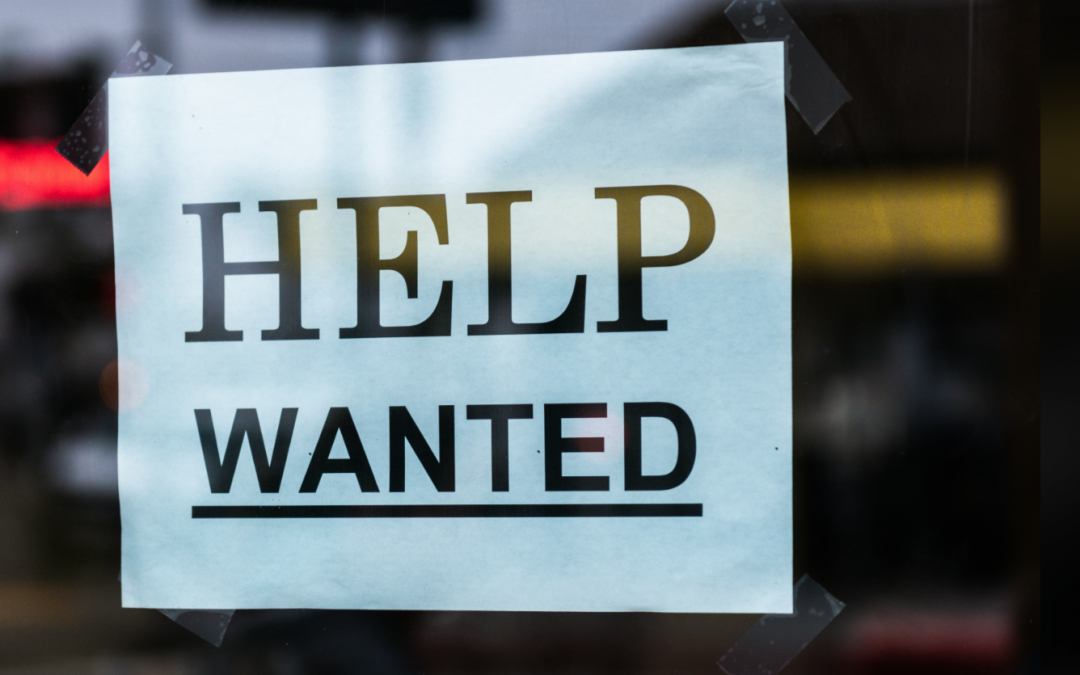WASHINGTON – The U.S. economy added 254,000 jobs in September, the United States Bureau of Labor Statistics (BLS) reported Friday. The report dramatically surpassed economists’ projections; the Dow Jones consensus forecast, for instance, predicted a gain of only 150,000.
BLS also revised employment data from July and August upward by 55,000 and 17,000 respectively. The unemployment rate came in at 4.1% — a slight downtick from 4.2% in August.
Source: US Bureau of Labor Statistics
September’s employment data will impact the Federal Reserve’s monetary policy decisions during their next meeting in November.
“(The report) does a couple things,” said Jason Schenker, Chairman of The Futurist Institute and President of Prestige Economics. “One, it should reduce and assuage fears and risks about recession. And two, it reduces the probability that the Federal Reserve will be under pressure to cut rates by 50 basis points on November 7.”
Between March 2022 and July 2023, the Federal Reserve raised its target interest rate from near 0% to 5.25-5.50%. After holding rates steady for a year, the Federal Reserve cut rates by a hefty half a percentage point in September. Before Friday’s employment data was released, Chairman Jerome Powell of the Board of Governors of the Federal Reserve signaled that September’s decision was not indicative of future aggressive cuts.
“We are not on any preset course,” he said at a National Association for Business Economics meeting in Nashville, Tenn. last Monday.
Source: Fedprimerate.com
Still, prior to Friday’s report, many experts predicted another strong rate cut at the Federal Reserve meeting in November. On September 30, CME FedWatch projected around a 35% chance of an additional 50 bps cut.
Since the report, that figure has dropped significantly. As of October 7, the group predicts about an 87% chance of a 25 bps cut in November.
Some economists believe the September data spurs confidence in the labor market, which some worried was slowing in the past months.
“I think this is better than a soft landing in a lot of ways,” said Tara Sinclair, a macroeconomist and professor at George Washington University.
A ‘soft landing’ is how many experts describe the economy’s best-case scenario for post-pandemic recovery. It entails reducing inflation, while limiting unemployment and dips in GDP.
Sinclair added that the September data was especially optimistic considering the falling unemployment rates for Black and Latino workers, groups who are “typically overexposed to risk of weakening labor market.”
Even so, future data could sway the economic outlook. September’s inflation data will be released this week, and before the Federal Reserve’s November meeting, there will be an additional jobs report. Inflammatory data in these reports could turn the tide toward stronger rate cuts.
Schenker suggested that election uncertainty could also motivate aggressive action from the Federal Reserve.
“Look back to what happened in 2000 with the hanging chads, and that led to a recession in the beginning of 2001,” Schenker said. “The Fed members have been around long enough to know that, and they will know that if it looks like you're going to be in an intractable, politically uncertain place after the election, then a 50 basis point rate cut could very well be on the table.”


